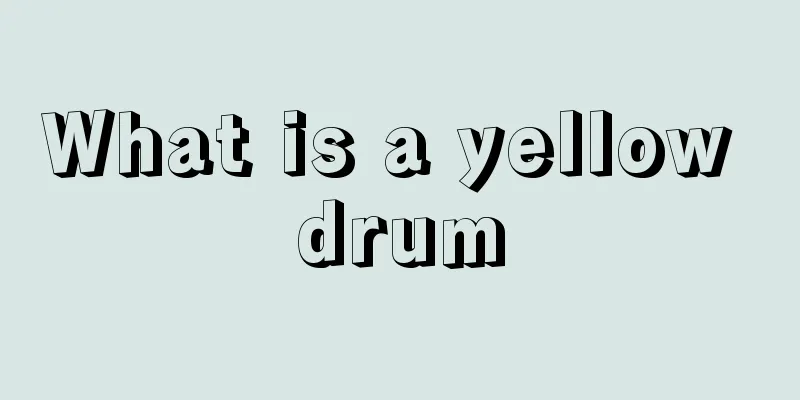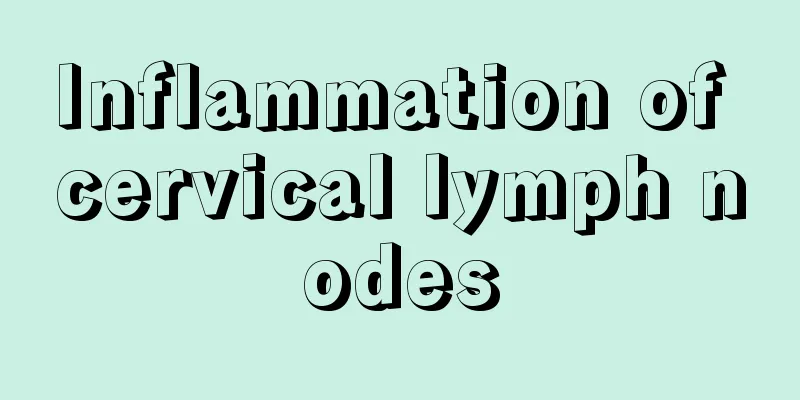Is catching a cold caused by wind-heat or wind-cold?

|
Cold is a common disease in life. However, for many people, only a few know the differences between cold caused by wind-cold and cold caused by wind-heat. However, people cannot tell the difference. Although they are both colds, the causes and treatments of these two colds are completely different. Therefore, you must understand what type of cold you have so that you can take the right medicine and get better quickly. So, is catching a cold caused by wind-heat or wind-cold? Wind-cold colds are caused by the invasion of wind-cold evil and the failure of lung qi to flow freely. In layman's terms, it is what we often call a cold, which is a series of uncomfortable symptoms caused by external wind and cold that leads to lung dysfunction. According to traditional Chinese medicine, colds can generally be divided into two categories: wind-cold colds and wind-heat colds. In fact, many friends cannot distinguish between a cold caused by wind and cold and a cold caused by wind and heat. The causes, pathogenesis, symptoms, treatment principles and medications of these two types of colds are very different. The so-called cold cold refers to the feeling of pain or tightness all over the body after catching a cold, fever but obvious fear of cold, clear nasal discharge, not dry mouth, no or mild sore throat, white and thin sputum, stomach pain and bloating that occurs or worsens when exposed to cold, and clear and thin stools. It occurs more frequently in autumn and winter. The symptoms include body aches, nasal congestion, runny nose, wind-heat cold and phlegm. For treatment, both Western medicine and Chinese medicine can be used, and diet therapy can also be used, which not only cures diseases but also maintains health. Preventive measures include keeping warm, strengthening physical exercise, and improving immunity. You can also get vaccinations in advance. Wind-heat cold is caused by wind-heat evil invading the surface and disharmony of lung qi. Symptoms include high fever, slight aversion to wind, headache, sweating, red and swollen sore throat, cough, sticky or yellow phlegm, nasal congestion and yellow nasal discharge, thirst and desire to drink, red tip and edges of the tongue, and a thin white and slightly yellow tongue coating. Wind-heat colds are more common in summer and autumn and are caused by exogenous wind-heat. Traditional Chinese medicine believes that wind-heat cold is a superficial symptom caused by the wind-heat evil. The following is a more intuitive comparison of these two: 1. Sweat: No sweat indicates wind-cold, while sweat indicates wind-heat. Cold caused by wind and cold: Cold without sweating: fever (high fever), headache, joint pain, and body aches. Wind-heat cold: cold with sweat: fever (not very high), sweating, aversion to wind, and aversion to cold. 2. Phlegm: clear and thin - caused by wind-cold, thick and turbid - caused by wind-heat. Clear and thin stools are usually caused by wind-cold, while thick and turbid stools are usually caused by wind-heat. 3. Nasal discharge: Clear nasal discharge caused by wind-cold, yellow nasal discharge caused by wind-heat. 4. Causes: Fatigue – wind-cold, constipation – wind-heat. A cold is usually caused by fatigue, lack of rest, wind or cold. The cause of wind-heat cold is usually constipation. Usually, after two days of constipation, the throat will be sore for one or two days, and then cold symptoms will appear. This is a wind-heat cold (it can also be an exogenous heat evil that first affects the lungs). There is a very simple and clear method: whether a cold starts with nasal congestion and runny nose, or sore throat. If a runny nose or nasal congestion occurs first, it is a cold caused by wind and cold; if a sore throat occurs first, it is a cold caused by wind and heat. Note that the key word here is “at the beginning”. When a cold develops, there are often all kinds of symptoms, so this method cannot be used to diagnose it. There are five taboos and two suitable things for patients after suffering from a cold. One taboo is to eat meat, because the secretion of digestive juice will decrease after a cold. After a cold, you should eat more easily digestible foods such as porridge and vegetables. Second, it is taboo to take a bath, because you should sweat after a cold, and it is easy to catch a cold after taking a bath, which will make the condition worse. Third, avoid overwork and make sure to rest. Fourth, avoid smoking, as smoking will irritate the respiratory tract and aggravate nasal congestion. Fifth, avoid taking medicine indiscriminately and drink more water. |
<<: How should long-term insomnia be treated?
>>: What causes dark spots on the face?
Recommend
Can celery and zucchini be fried together?
Celery and zucchini are both relatively nutritiou...
What can urine test reveal
In daily life, we always suffer from some disease...
Effective treatment for testicular cancer psoriasis
Testicular cancer psoriasis is a malignant tumor ...
What kind of diet should I pay attention to when I have fibroids
What kind of diet should be paid attention to whe...
Is the hair on a blackhead still black?
Having blackheads is a very distressing thing for...
What is the normal value of human white blood cells
There are red blood cells and white blood cells i...
Pear-shaped figure
In this beauty-obsessed society, many girls pursu...
What are the symptoms of rectal cancer
Rectal cancer is a very common cancer disease. Ev...
How to distinguish platinum from silver
When buying gold and silver jewelry, it is necess...
What should pregnant women do if they have melanoma?
The high-risk group for melanoma is the elderly, ...
Can liver metastasis of gallbladder cancer be cured?
Gallbladder cancer is a highly advanced malignant...
How to heal a scratch on your face quickly
In life, we always encounter skin scratches. Alth...
Which should I do first, aerobic or strength training?
Everyone has different purposes for exercising, s...
How to remove carbon pen marks
Some of the pens we use now are carbon pens. The ...
Five golden points in a day to keep healthy in summer
Five golden points for health preservation in sum...









